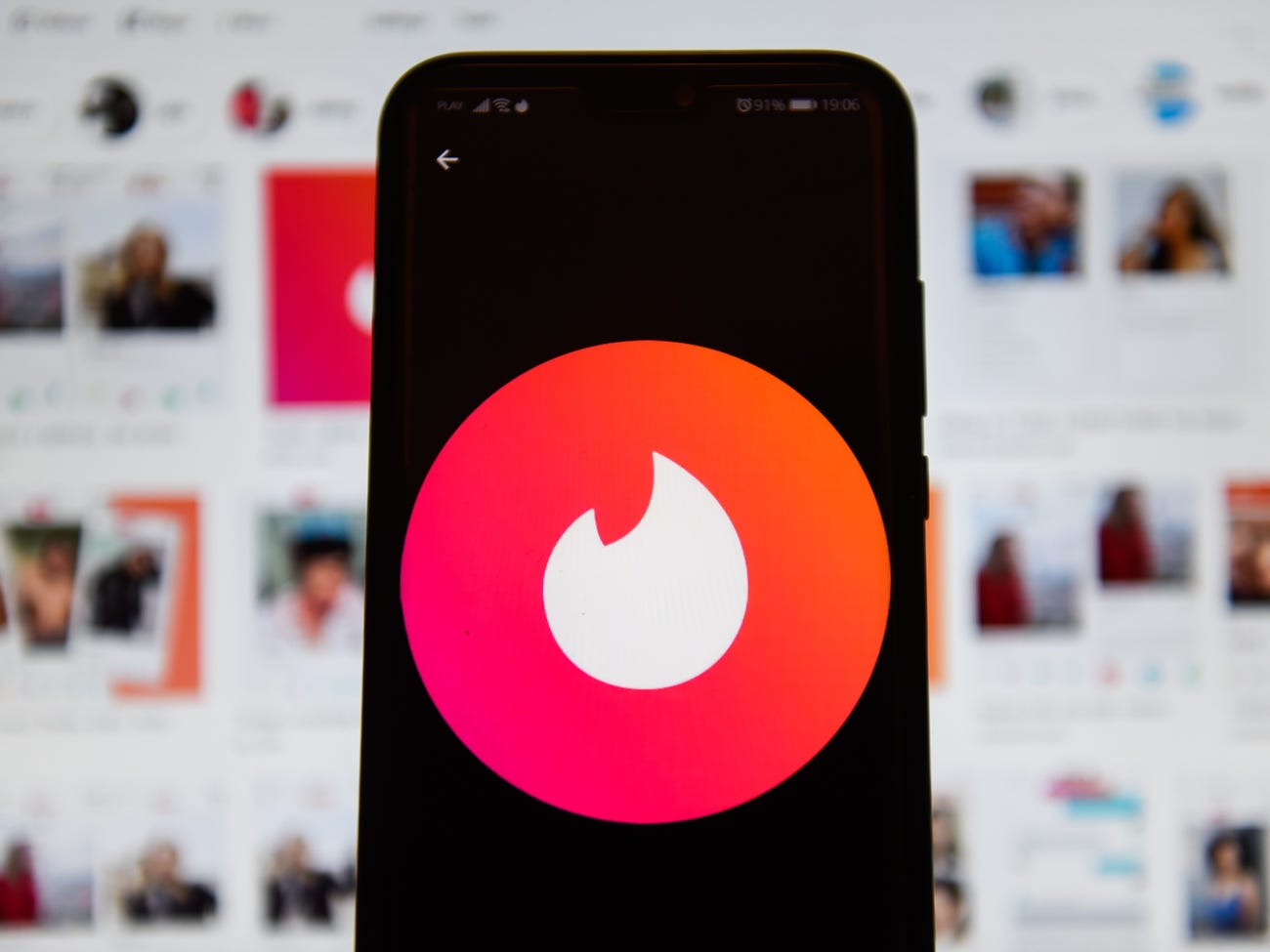Tinder message length: male vs female users
A small anecdotal study carried out ‘Worst-Online-Dater’ and published on Medium found another way in which an imbalance exists between men and women on Tinder. If you use physical attractiveness as your yardstick (let’s face it, this is what Tinder is designed to do), then the ‘bottom’ 80% of men were in essence competing for the bottom 22% of women, while the top 78% of women were competing for the top 20% of men.
As a final note in this section, Tinder’s Modern Dating Myths study found that, running contrary to what we might believe, male and female online daters send an equal amount of unsolicited nudes.
How do Tinder Users Describe Themselves?
The aforementioned Tinder study by GlobalWebIndex looked into the some of the personal preferences and brand awareness of Tinder users.
The findings show that Tinder users self-report as an image conscious group – perhaps unsurprising for users of an app that hinges on physical attraction.
They are aware of and conscious of brands – and like to have the latest things. Just over half consider themselves to be affluent. Accordingly, the Tinder demographic is one that is valuable to brands and advertisers – though less than half are aware of buying things as a consequence of it being advertised.
How do Tinder users describe themselves?
Software engineer Katie Hempenius (currently working for Google) carried out a study of 10,000 US Tinder profiles across 22 US cities and towns to analyse how users described themselves.
Anyone who has used an online dating site or app will perhaps be familiar with the spread of words that commonly arise in relation to Tinder users’ interests will be familiar. Notably the word that comes up most often is ‘work’. ‘Travel’ and ‘music’ are other mainstays, while ‘dog’ is another frequent occurrence. It seems a slightly higher proportion mention ‘420’ than ‘God’, for whatever that is worth (not that one precludes the other of course).

Be First to Comment